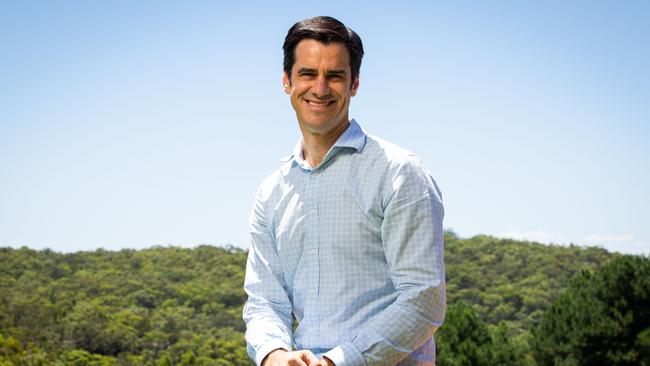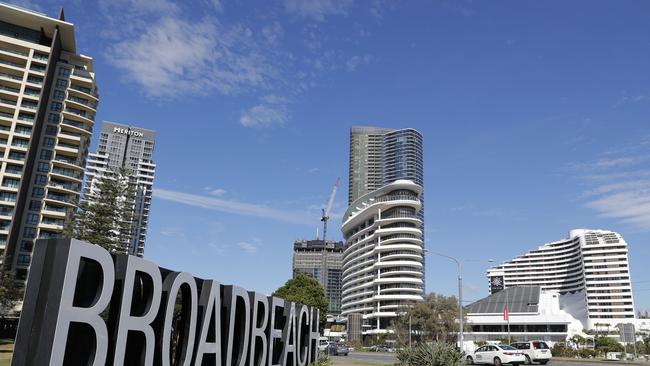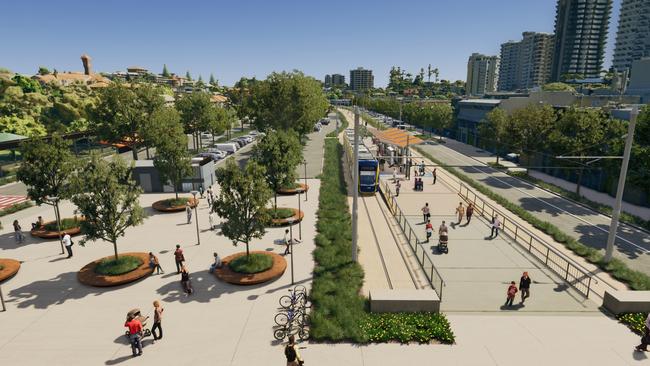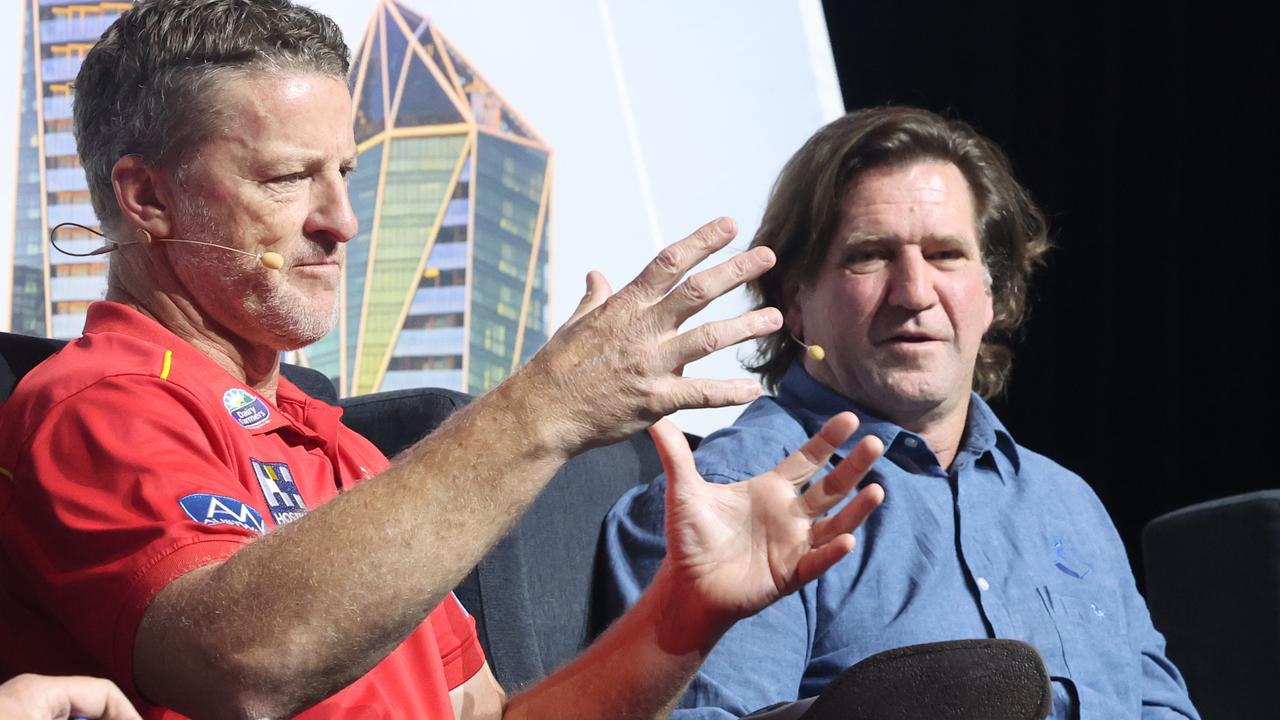Future Gold Coast: How cheaper housing will stop city becoming ultra rich Monaco-style enclave
The Gold Coast risks becoming Australia’s answer to ultra-wealthy European enclave Monaco unless one major thing changes in the near future.
Future Gold Coast
Don't miss out on the headlines from Future Gold Coast. Followed categories will be added to My News.
A leading social researcher says the Gold Coast cannot afford to become Australia’s version of Monaco where only the extremely wealthy can afford to live here.
It must embrace its growing population as it grows dramatically in coming decades, he says.
More than 15,000 are moving to the city annually as it experiences some of the fastest growth in the country.
With the city on track to become home to more than one million in just a handful of decades, social researcher and demographer Mark McCrindle said the Gold Coast and its increasingly diverse economy was showing all the signs of a maturing metropolis.

“The Gold Coast right now is second only to Brisbane in economic growth and outside the capital is the fastest-growing in many other sectors,” he said.
“It’s not just about accommodation and retail anymore but also the arts and recreation, financials and healthcare, so in other words it has the population growth but also the economy growth.
‘The future Gold Coast is not just a hub for residential markets but for employment too and that means people can live, work, be educated and play locally.”
Mr McCrindle is the keynote speaking delivering deep dive research findings on the Gold Coast outlook,
“The city is changing from being a retirement hotspot to an economic hub, from a tourism and hospitality go-to, to a business, professional services and healthcare hub.”
But with dramatic population growth comes challenges, including the need for more transport infrastructure and public transport to take pressure off the roads but most critically delivering more housing.

The 2023 Gold Coast Dwelling Supply Study, released in July, warned the state government’s updated dwelling supply estimates for the Gold Coast are “questionable”, with existing greenfield sites able to viably deliver 17,564 houses.
This is less than a third of the state’s target of 57,194.
Mr McCrindle said property was priced at a premium and would only get more so unless steps were taken to ensure more middle and low-income housing was built.
He said that without, the city would face becoming an exclusive enclave like Monaco on the French riviera.
“Because of the densified and concentrated population and residential footprint, detached homes are not a viable option for people on the Gold Coast anymore so it will be an apartment market going forward but unlike other large cities, the apartments on the Gold
Coast currently are not really the affordable living option because of the quality of the buildings and the amenity they provide,” he said.

“Right now they are more expensive on average than even Brisbane and this has created a challenge for particularly young people to try and get into the market because there are not too many options for people wanting to become owner-occupiers.
“This is going to be where median options are going to add to that affordability component and that must be supported by transport infrastructure to allow those residents to be mobile.”
Construction of the light rail’s third stage, between Broadbeach and Burleigh is underway and expected to be completed in late 2025.
Planning is underway for the fourth stage, which will run from Burleigh to the border via Gold Coast Airport.
The state government and council have funded a $10m business case study but the project, which is expected to cost billions, will also need federal funding.

Future stages which will run east-west and north are also expected to be built long-term.
Mr McCrindle said the Gold Coast’s population growth and infrastructure limitations meant light rail was critical to the future.
“Where we are seeing the growth in Gold Coast population is students, young couples and essential workers who will be relying on public transport to get them to go forward and the key locations of work and study,” he said.
“All of these challenges are connected and this is the opportunity for the Gold Coast – it is Australia’s benchmark as our largest non-capital city and our leading densified living city.
“There is no blueprint for us to follow, it is the model and its ongoing success is a sign that the model has worked but the city will have to continue to innovate and adapt through these new growth horizons to ensure that it remains liveable.”





